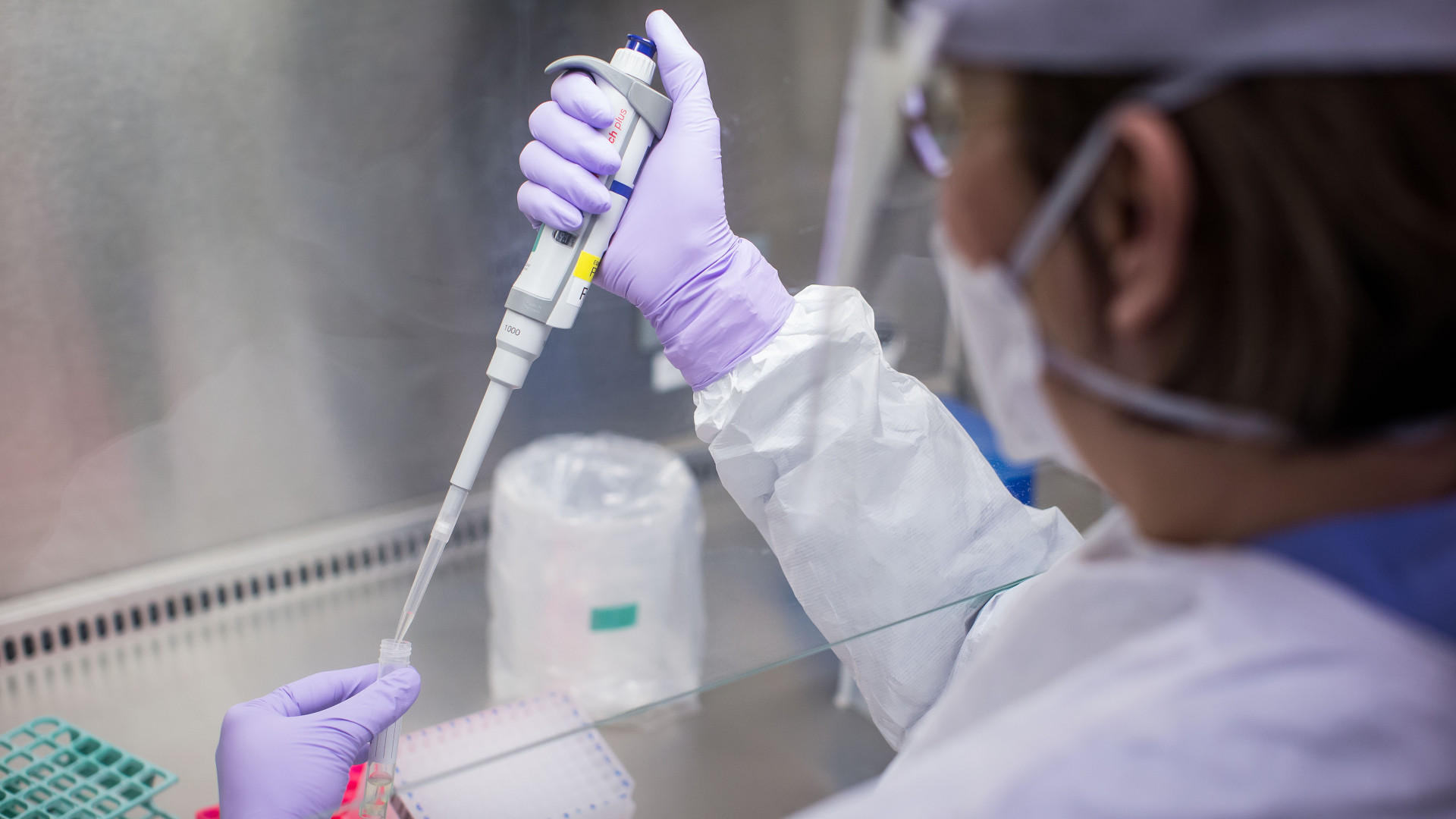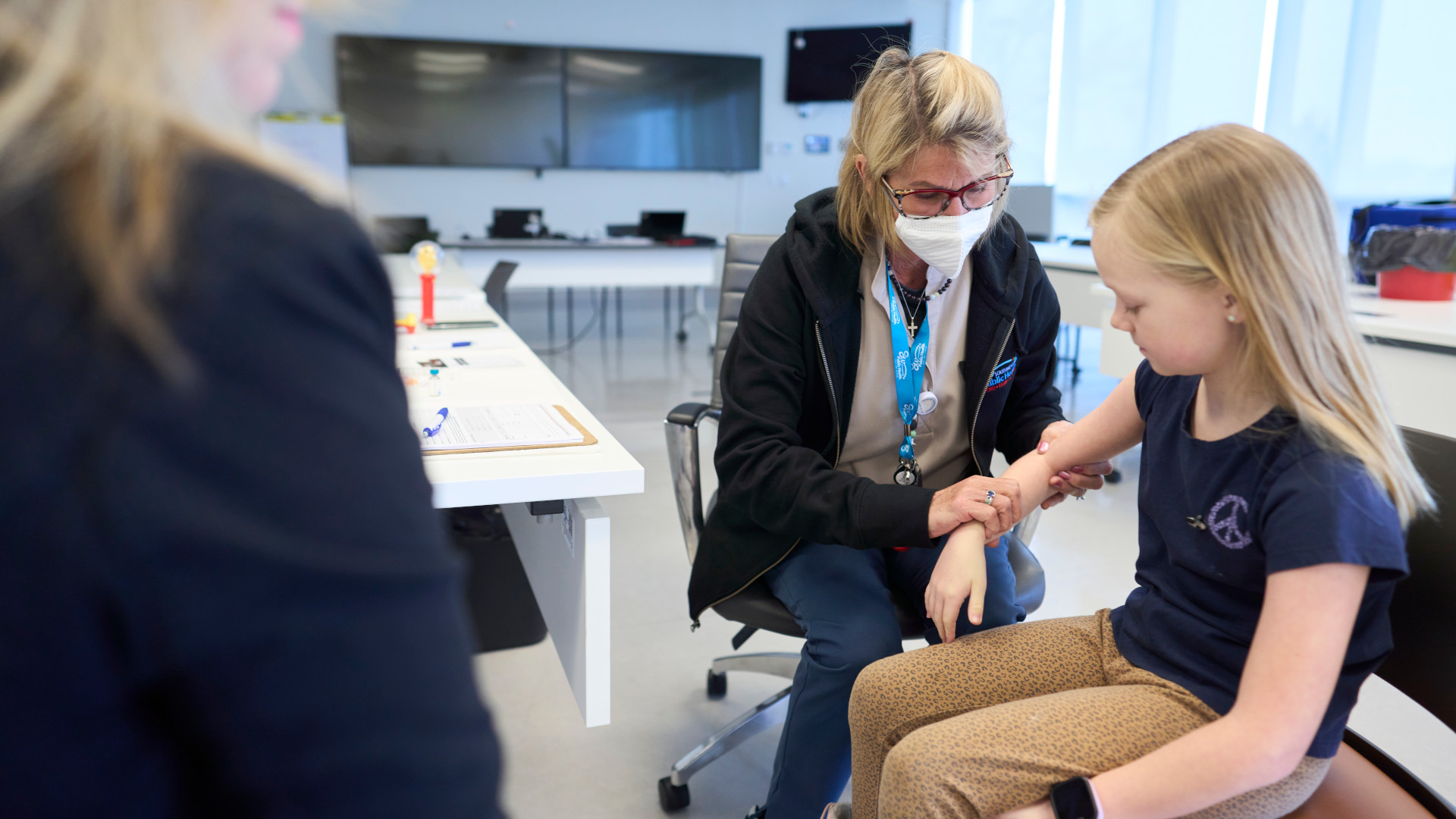
The rapid and uncontrolled spread of COVID-19 highlights the lack of coordination in global health governance more than any other previous modern pandemic. It is inconceivable that the world – given our collective resources – has failed so miserably in coordinating a response to the COVID-19 pandemic. Our failure to efficiently and equitably acquire and distribute the necessary supplies to address the pandemic because of fractured and politicized global supply chains stands as an example. Governments, both among and within countries, are outbidding each other and competing even with agents of the World Health Organization (WHO) to secure ventilators, masks and other supplies. Cities, states and provinces compete for resources as their leaders struggle to understand the precise nature of the challenges in their jurisdictions.
The problem is not a lack of institutions and resources. Governments have access to real-time information about the coronavirus as well as world-class scientists from across all disciplines. This includes virologists, epidemiologists and social and behavioral psychologists, economists, and public policy specialists.
Collectively we should have more than enough knowledge and expertise to manage this pandemic better than we have. The WHO stands out as a singular international organization dedicated to global health, but this is not true as other international organizations such as the World Bank and Gavi, the Vaccine Alliance, which play a direct and indirect role in combating COVID-19.
The private sector is important as well. Pharmaceutical firms, medical technology companies and even traditional manufacturing firms are critical nodes to global supply chains for everything from personal protective equipment (PPEs) to an eventual vaccine. Foundations are global health agenda-setters, directing resources to high-leverage points in global health systems. Non-governmental organizations, likewise, are critical actors in delivering public health interventions and mobilizing citizens.
The problem is not a lack of institutions and capabilities; the problem, as we have seen, is the dearth of coordination mechanisms to ensure an optimal collective and quick response at a global scale.
It is clear we require more coordination between global health institutions. Some illustrative examples demonstrate some of the challenges and some innovative possibilities. The COVID-19 pandemic highlights the challenge of incentivizing pharmaceutical companies to quickly develop vaccines to solve global health pandemics. At the same time, national governments try to outpace each other so that they can promote their own vaccine to ensure its own citizens are vaccinated first.
There is currently no coordination among governments to ensure vaccines will get to the places that lack this local capacity, either within rich and developed countries or to those living in poorer countries where vaccine development is not likely to happen.
Moreover, while governments in rich, developed countries have the resources to subsidize research and development to produce a vaccine, there is currently no coordination among governments to ensure vaccines will get to the places that lack this local capacity, either within rich and developed countries or to those living in poorer countries where vaccine development is not likely to happen. Simply put, billions of people – and specifically those without the resources to develop vaccines – will be left behind.
Aside from the ethics, the fact that significant portions of the world’s population remain vulnerable to the spread of COVID-19 means that we all are. A partial solution is not a global and effective solution. Incentives for pharmaceutical companies have to be coordinated and disbursed to firms in order to prioritize a global, not national or partial, innovation pipeline and global supply chain.
Such coordination could adapt challenge-based calls for collaborative innovation. In other words, resource allocations could be aimed at generating solutions for specific challenges. One model to consider is the US Defense Advanced Research Projects Agency (DARPA). It provides guidelines for technologies and innovative discoveries.
Using an open call for firm-based or consortia-based research and commercialization, the DARPA model could also build-in an explicit priority in its call for equitable distribution of key technologies. This could be useful especially in jurisdictions without the capacity to provide for its own vulnerable citizens.
We can also learn from the World Food Program model for its ability to coordinate public, private and civil society actors. It works together to generate, procure and distribute food to those suffering from food insecurity.
Imagine, for instance, creating a new global health stability board to support the efficient operation of global markets for necessary medical supplies. This could prevent negative outcomes like we’re currently seeing in the race to procure PPEs, and the anticipated competition for the COVID-19 vaccine.
Creating a global health stability board is not enough; such a board will require innovative methods to coordinate the procurement and delivery of health supplies among all countries, and across different sectors. With a fast-moving pandemic like COVID-19, a coordinating board must ensure the timely transfer of resources – from capital to private-sector know-how, human capacity and scientific knowledge – across sectors and jurisdictions.
How can we move towards this coordinated, innovation-centered approach to deal with health crises? Unlike other pressing global coordination challenges, the governance mechanisms that we propose are politically feasible because they involve mostly win-win outcomes for the parties involved. That is, the type of coordination we propose should reduce the overall costs associated with fighting pandemics when governments are in it for themselves and there is a lack of coordination among them.
If nationalist, rather than global and collective, agendas dominate the debate, we will also miss the opportunity to build on a broad range of capabilities and experiences in various parts of the world. To benefit from a global system of innovation and production to address global health challenges, we need to harness the innovative capacities of all countries.
We have an opportunity to learn. Successive global financial crises, for example, have taught us that we share a common fate, and that the political and economic cost of not contributing to the global common good will be large. Economies are currently reeling and prospects for a reboot are grim. Political leaders must surely realize that pandemic prevention through coordinated and collective global response are the only mechanisms that promote stability and minimal harm to their nations, and in turn, to the rest of the world. Necessity and calamity are key drivers to innovation.
This article was written by Aldo Musacchio, International Business School, Brandeis University and NBER, USA; Anita M. McGahan, University of Toronto; Sergio G. Lazzarini, Insper, Sao Paolo, Brazil; and Joseph Wong, Munk School of Global Affairs & Public Policy, University of Toronto.
This article is part of the Building a More Inclusive Innovation Economy After the Pandemic special feature.








